Today I gave a talk at the NC State Engineers’ Council Lecture Series. With that, I’m going to take a break from the “Case Studies of Why” posts and, instead, blog the presentation (including the slides).

Medical Innovation: Collaboration is Key
Have you noticed these cell towers that are wrapped with what looks like an artificial Christmas tree? For me, these towers symbolize a symptom of our society for Product Development in Silos. Marketing defines the specifications and budget. Engineers develop the tower. After that, Designers add the branches (aka racing stripes). Maybe after this, we start to study the environmental impact.
Why aren’t we all working together from the beginning to make an environmentally friendly, inherently beautiful, functional, and affordable cell tower???
What I can say is this. In telecommunications, it might not be pretty, but it works. In the Medical Device industry, adding the racing stripes after the fact may be the reason why your amazing technology never made it to the patients that need it.
Medical innovators simply cannot afford to work in silos if our intention is to improve health outcomes.
I’m an engineering professor speaking to engineering students…, so, let’s get to the basics.

I like to think of Engineering Education as an Oreo Cookie with Milk.
The bottom cookie is Science…, the foundation of the cookie. The filling is Engineering. I personally like double stuffed. For all of the engineers, you know that in the last year of school, we all take a capstone class called, “Senior Design.” So, the top cookie is Design.
Science as the foundation for Engineering and capped off with Design.
There’s this other thing we do in school though. It’s these general education requirements. I like to call them, the liberal arts. This, to me, is the Milk. The Oreo Cookie is so much better when paired with milk, as is the Science, Engineering, and Design when paired with the liberal arts.
Please note that I’m using this term “liberally” and putting everything from business to social sciences to education to economics in the liberal arts bucket. They are fields of study of their own…, as is Science and Design…, and are the filling of those majors.
So what is this Engineering Education all about anyway? I’m going to say to get the depth you need in engineering (that’s why I like the double stuffed Oreo) and an appreciation and working knowledge of Science, Design, and the liberal arts.
- But are we getting this working knowledge?
- Are we getting the appreciation?
- Are we poised to collaborate when we graduate?
To stress this point, I’m going to ask you some questions:
- What are the differences of Science, Engineering, and Design?
- Where might they overlap?
- How do you define Science?
- How do you define Engineering?
- How do you define Design?
If you’re reading this blog right now, I’d ask that you maybe take a minute before reading on, and think about these topics and explore the concepts on your own for a few minutes.

Science
The law of conservation of matter
Sure, this was a law…, and why the word, “law”?
What is it about laws?
They set order. They are geographically specific. They are defined by humans. They change over time.
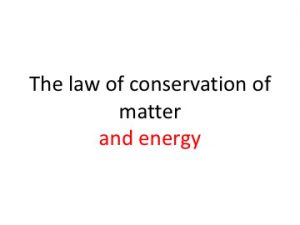
And then a fella by the name of Einstein comes along, and writes a new law.
The law of conservation of matter and energy
The scientific method is a thought process to search for ways to describe nature… But the laws we humans write to describe nature, are not universal truths. They are laws that change in time and space.
Engineering
I’m going to define this as the practical application of what we’ve learned from science.
Let’s talk about Gravitational Potential Energy.

We have one formula that works great for dropping my coffee mug off the counter.
This formula might not work so great for getting a satellite launched into space.
The formulas are location specific (just like laws)…
And when we get to some places, like black holes, our understanding of gravity may break down.
My favorite question for students is, “What is light?”
They’ll respond:
- “It’s energy”
- “It’s a particle”
- “It’s a wave”
I’ll respond by saying…, I think the answer is:
- “I don’t know”
I don’t know what light is. Scientists have discovered that it can be described as a particle. They call that Particle Theory. It can be described as a wave… Wave Theory.
These behaviors of light have practical applications, that the engineering mindset can then use… to read at night and put slides on a screen.
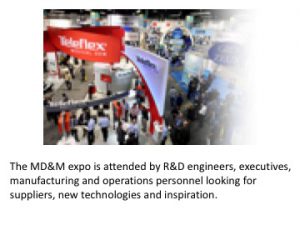
What this may look like in industry for an engineer developing medical devices is the MD&M Expo where they go and collaborate with executives, manufacturing and operations personnel looking for suppliers, new technologies and inspiration.
So what about Design?
Design is not adding racing stripes to a car or wrapping a cell tower in fake tree branches…
In fact, it’s a buzz word these days…
“Design Thinking” … “Human Centered Design”
What is it?
My definition: It’s about putting humans at the center of an experience.
Let’s just say that the experience is: “Drinking Coffee on the Go”
What is the ultimate experience for drinking coffee on the go?
Well…, we need to go talk to people who drink coffee on the go and ask them.
Let’s just say that after interviewing 30 people who drink coffee on the go, we determine that they would like:
- The first sip of coffee after pouring it into a mug, to be the exact perfect drinking temperature… not scalding hot.
- To start drinking it right away and not wait for it to cool off.
- To hold it in any orientation, throw it in their courier bag, and it won’t spill.
- Enough coffee to last 4 hours.
- The last sip of coffee, 4 hours later, to be the exact perfect drinking temperature… not too cold.
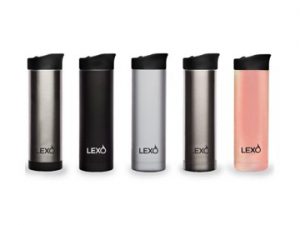
Sure, the way the coffee mug looks and feels is important, and a well known aspect of Design…, but, the human centered research to understand the needs of the product are critical to the development process. Oh, and side note, thanks to the science behind phase change materials, engineering, design, and business, a coffee mug like this was developed from the work of researchers at the University of Missouri.

This type of mindset is what gives startup companies like Axonics the ability to raise $20Million and compete head to head for a market dominated by Medtronic.
Why Medical Innovation?
Collaboration is Key
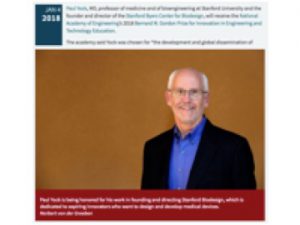
This is a big deal for the NAE to give such a prestigious award to a medical doctor…, and a well deserved award that should have all of us sit back and take note.
In the press release for the announcement, Paul Yock said, “To create meaningful new health technologies, innovators need to understand everything from biology and medical care delivery to engineering and health care economics. No one individual can cover that waterfront; you need a team to be effective.”
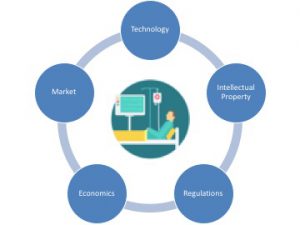
That waterfront that Yock refers to is massive and includes professional areas that are key to medical device product development including regulatory pathways to approval and reimbursement.
Current trends in the field take this collaborative approach from the smart thing to mission critical. Most notably, the affordable care act has shifted the highest hurdle to commercialization from the regulatory burden to reimbursement. This is due to the focus on improved health outcomes, reduced cost of care, and a visible change to the clinical experience.
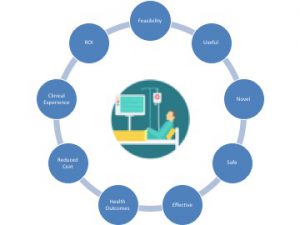
This is a shift from a fee for service model to quality of care. The health economic impacts affect the entire product development process.
Indeed, just yesterday, a guest speaker from industry said to my students that his engineers will be surprised and say, “I don’t understand how reimbursement just killed my project.”
The Takeaway
In today’s medical innovation ecosystem, we need to be thinking collaboration up front. Industrial Designers, Engineers, and Business minds need to be working together at the front lines of patient care, working directly with the stakeholders including patients, payers, and providers.
Adding racing stripes and wrapping your medical device with artificial branches simply won’t make the cut.
As always, these blogs are meant to spark conversation and debate for all of us to learn from each other. I hope to learn from you in the comments below and the discussions that follow.
Health & Happiness for All
Andrew
Pingback: Pragmatic Yoga – DiMeo.Info